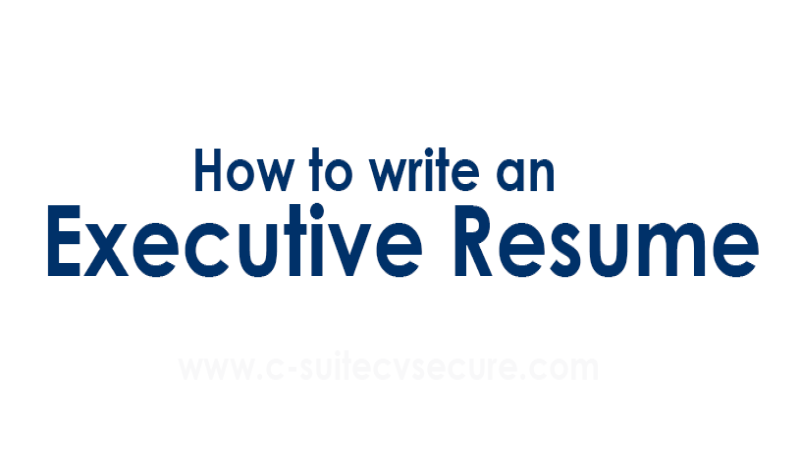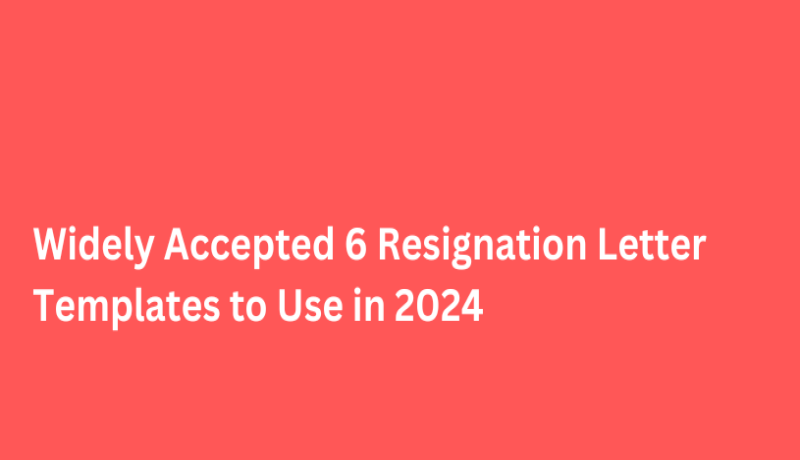How to Write an Executive Resume
For C-level executives, a professionally written resume is the single piece of most valuable document summarizing decades of experience. It also leaves a first and lasting impression on the interviewer’s mind.
Utilizing just two pages to showcase your professional snapshot can be a challenging task.
Executive recruiters and senior executives want to get as much information as possible from your resume in the shortest span of time (typically 30 seconds or less). Your goal is to pack as much as relevant information in a clean and uncluttered way.
The primary intention of your resume if to project who you are. You need not write everything what you did. It is important to design your resume in such a way, that the content triggers curiosity with the interviewer and that in-turn gives you an opportunity to narrate a story.
1) Choose between one-page or two-pages resume
Both one-page and two-pages resumes are acceptable. Anything beyond two pages wouldn’t yield the best results. Interviewing executives have limited time to go through each resume. So, it is crucial to include what matters the most.
If you are an executive with high visibility and extensive online presence, then a one-page resume would be ideal. If you want to add more than three lines of achievements or responsibilities for your current and two immediate past jobs, then a two-page resume would be ideal.
2) Personal details
As a senior executive, the personal details you need to reveal in your resume are your full name, email address and mobile phone number. If you prefer, you can choose not to mention your contact number. Just an email address would suffice.
3) Write a powerful Career Summary
A brief career summary can be a powerful way to start your resume. You might have more to highlight but keep it less than three sentences and five lines.
4) Write 5-Year Career Achievements
90% of the time, a prospective employer is interested in your profile because of what you did in the last 10 years and within that time frame, specifically the last 5 years. Write quantifiable data backed one-liners. It could be anything from growth, savings, innovation, market-cap increase, shareholder returns or a coveted partnership.You could opt to replace the Career Summary section with 5-year Career Achievements.
5) Mention Board memberships, advisory roles and other memberships
Mention all your current and past board memberships in this section. As you advance in your career, you are expected to have board memberships, be on advisory panels, memberships in an association and other management responsibilities.
6) Give a quick snapshot of each of your stints
Mention the company name, your role designation, dates of employment, workforce, or department size, whom you reported to, and team size. This helps the reader get a quick idea of your portfolio size. You can replace these if required with data relevant to your industry.
Never write your responsibilities. Almost everyone knows what an NED, CEO or CFO is responsible for. Instead use this as an opportunity to highlight your achievements. If there is a pressing need, limit mentioning responsibilities to less than two sentences.
7) Don’t give importance for experience before 2005
In a rapidly changing world, systems, processes, and ways of doing work quickly becomes outdated, detailing any experience prior to 2005 might not be the best way to utilize space on your resume. At best, write a one liner about what you did in that role or simply the organization name, job title and duration of work.
8) Mention publications, articles, quotes and whitepapers
You need to highlight the prominent, possibly latest and relevant articles in this section. Unless you are an academic, choose the best three to five of your best work.
9) Education, executive education, and professional qualifications
Highlighting your educational qualification, school and duration is important. This might help the viewer of your resume find common links. If you have a professional qualification like ACCA, CA or PMP, mention it here. If you have attended any executive education programs, mention it here. This gives a picture of desire for continuous learning.
10) Mention your LinkedIn profile or online presence
The viewer of your resume wants to know your online presence and activity more than what is written on your resume. They want to see what you like, comment and share. And how you are perceived in the online space.
11) Link to your CV on www.C-SuiteCVSecure.com
Senior Executives face an increasing risk in emailing their resumes which could end up in the wrong hands. That is why a significant portion of them opts to never email their resume but send a link to their resume on C-suiteCVSecure.com platform.
Simply upload your resume, generate a unique link and email the link to prospects. You could edit, update, or delete as you prefer leaving no trace.






